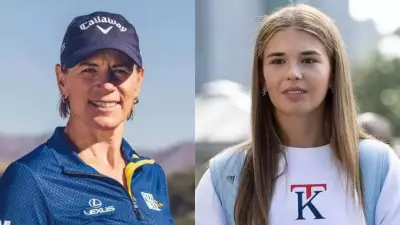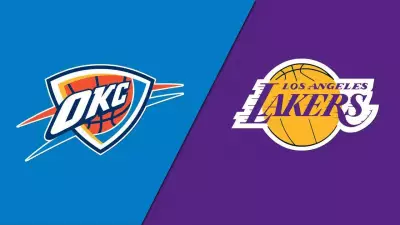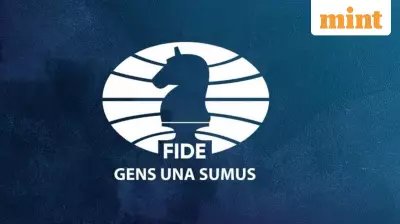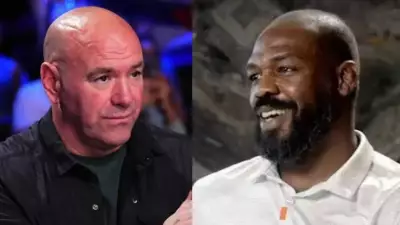
The rhythmic beats echoing through Madurai's Pudur neighborhood signal more than just dance practice—they mark the birth of a new sporting discipline in Tamil Nadu. In a modest studio run by K Karthikeyan and Malini Gopalakrishnan, students are transitioning from dancers to athletes as breakdance earns official recognition as a demo sport.
From Dance Floor to Sporting Arena
The Sports Development Authority of Tamil Nadu (SDAT) made history on October 3 by approving breakdance as a demonstration sport in Madurai. This crucial decision allows the art form to be exhibited and promoted, though not yet included in formal competitions. Dance communities across the state have welcomed this progressive move, anticipating it will lead to full state recognition that unlocks coaching resources, funding opportunities, and proper training facilities.
Unlike choreographed performances, breakdance battles thrive on spontaneity. Two competitors face off, each taking 45-second turns to freestyle to the same music. Judges assess them on originality, physical strength, and flow, with competitions typically following knockout patterns starting with 32 dancers until one champion emerges.
The Athletes Behind the Art Form
Malini Gopalakrishnan, a fitness expert who transformed her passion into profession, emphasizes the physical demands of breaking. "Breakdance ranks among the most challenging dance forms," she states. "Practitioners need gymnast-level fitness, strict dietary discipline, and maintained agility. Every flip must synchronize with the beat—it's a perfect blend of precision and power."
Her partner Karthikeyan adds the mental dimension: "The unpredictability of not knowing the next beat and having to respond within seconds fundamentally makes breaking a sport."
Their dedication has produced remarkable talent, including 15-year-old Prem Gandhi, known professionally as Grasper. Prem made history as India's first youth representative in the 14-18 age group at the World Youth Breaking Championship 2024 in China. Earlier this year, with SDAT's financial backing, he secured India's first breakdance medal—a silver—at the World School Games under the International School Federation.
Despite his father working in a restaurant and mother being a homemaker, Prem manages an impressive 10 hours of daily training while balancing academics, having started his dance journey at age six.
Building a Breaking Community from Scratch
The founders' journeys reflect the sport's grassroots growth. Malini began as a Zumba trainer before discovering hip-hop and breakdance in 2012. Karthikeyan, president of the Madurai District All Dance Sport Association, pioneered breaking in Madurai despite initial challenges.
"When I started in 2009 in Kodikulam village, nobody even knew what breakdance was," Karthikeyan recalls. "It took four years to find a crew that actually practiced it." The self-taught dancer credits breaking with teaching him emotional control: "I'm quite short-tempered, but breaking taught me discipline."
Their efforts bore fruit when their students represented Tamil Nadu for the first time at the National Dance Sports Championship 2024 in Chennai. Malini notes that most participants come from humble backgrounds and study in corporation schools, with district-level associations now formally established.
"We're not pursuing commercial success alone," Malini emphasizes. "We're serious about the sport and want to instill discipline in children. Greater awareness will help them build careers through breaking."
Recognition: A Game Changer for Dancers
Across Tamil Nadu, dancers echo the transformative potential of official recognition. Pavithra H, 25, from Salem, prefers street styles over classical forms. "While classical options abound, I gravitate toward western forms. Proper coaching centers are scarce here, so most of us learn from videos or peers. Hip-hop is popular, but breakdance remains the original street dance form."
In Thanjavur, 23-year-old Rahul N, with five years of breaking experience, highlights practical challenges. "We currently train after college and self-fund competition travel. Government recognition could bring coaching camps, scholarships, and perhaps even opportunities to represent India internationally."
Meghnath Reddy, Member Secretary of SDAT, confirms the authority's commitment. "We've conducted demo games and are determining whether to organize competitions at state or regional levels. These processes take time, but we will definitely include breakdance in the CM Trophy tournament."
SDAT has consistently provided financial support for players traveling to international competitions, assuring that "breakdance will receive equal importance alongside other sports."
As breaking continues its journey from street corners to recognized sport, Tamil Nadu's dancers stand ready to flip, spin, and power their way into sporting history.





